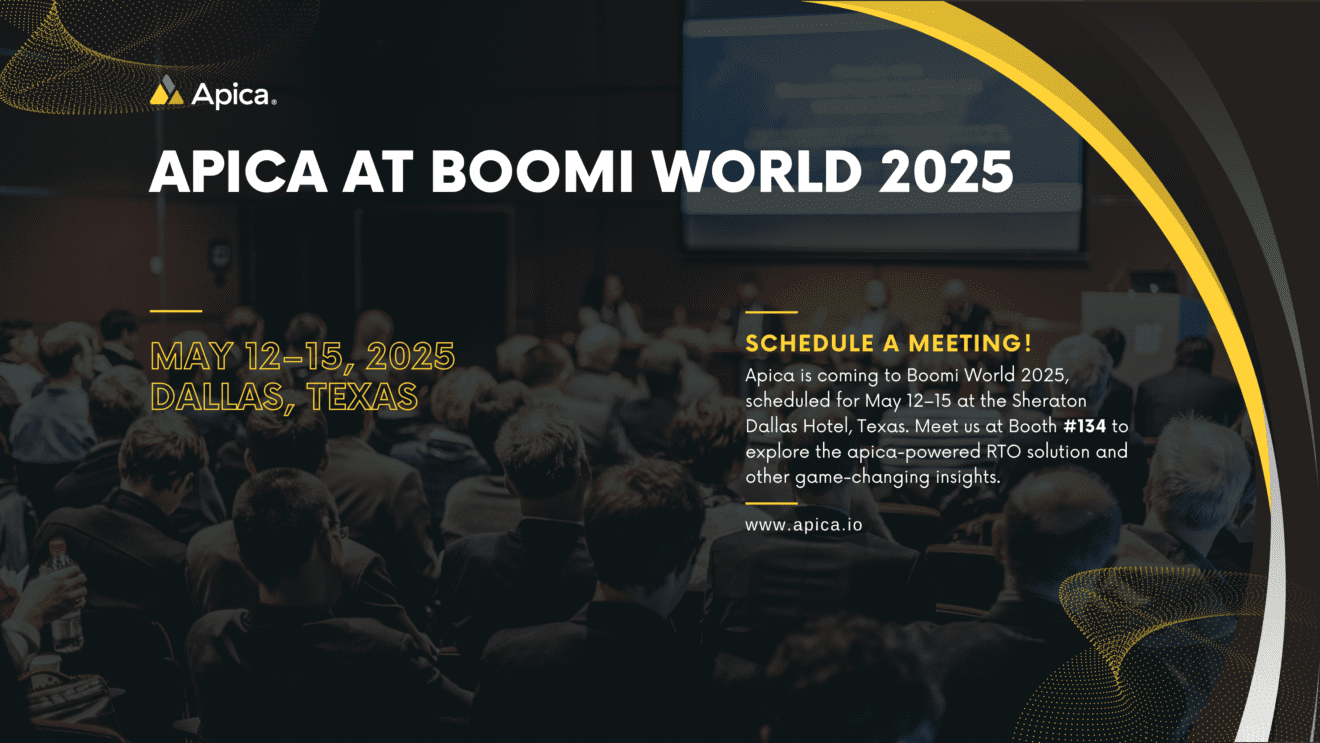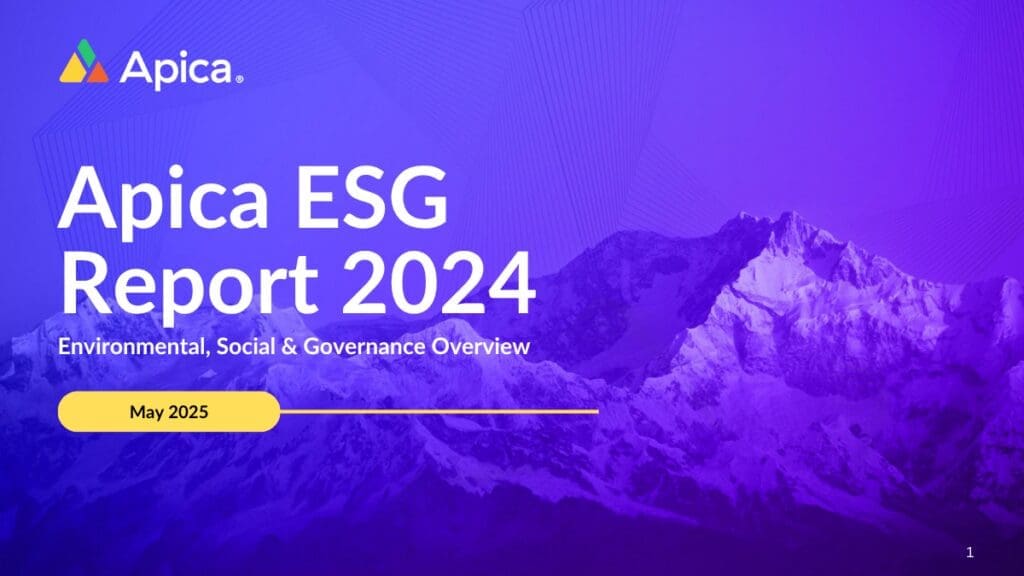The 5 Stages of the
Observability Maturity Model
Measure and enhance your business’s ability to achieve Active observability and beyond with the 5 stages of the observability maturity model by Apica.


Level 0- Monitoring:
Monitoring provides you with basic information regarding the health and status of individual components in your infrastructure, as well as warning you if one breaks down. Monitoring essentially gives insights into performance, capacity, availability, events, and alerts.
An agent on a server tracks its usage and the data from the agent is collected and displayed usually as a performance graph over time. If the device stops functioning properly, it sends out an alert to the admin, so that they can repair, update, or replace it until it meets standard operating requirements.
Whilst monitoring ensures that everything is in working order, it can’t resolve to answer why a certain issue occurred, this is where observability comes in.
Level 1- Observability:
Observability is the degree to which an internal system’s states may be deduced from external sources. Metrics, logs, and traces have traditionally been used as the three pillars of observable data.
An example of data observability is the use of distributed tracing, which tracks the flow of requests and responses through a distributed system. This can help organizations understand how different components of their systems are interacting, and identify bottlenecks or other issues that may be impacting performance.
Level 2- Active Observability:
Active observability is real-time monitoring of the full stack supporting applications, computing, storage, services, and networks.
The contextualization of events, logs, metrics, and traces from across the stack of the application and infrastructure enables enterprises to discover the root cause of problems.
For example, topology-based correlation helps to gather a range of data streams, revealing previously hidden interconnections and providing more in-depth insights for root cause analysis.
Level 3- Intelligent Observability:
With intelligent observability or AIOps, advanced data analysis and machine learning techniques provide rapid insights into the performance and behavior of systems and applications. End users detect and resolve issues significantly faster compared to the other stages as the system learns patterns and correlations and surfaces potential bottlenecks and issues.
For example, the algorithm might detect a sudden increase in error messages or a pattern of slow response time. Using this information, AIOps will prioritize critical issues and take action to fix them.
IT Operations, DevOps, and site reliability engineers improve their efficiency by reviewing IT data and observability telemetry with AIOps. Therefore, Intelligent observability helps you to recognize digital service issues in real-time and resolve them before business activities or customers are affected.
Level 4- Federated Observability:
Federated observability enables the democratization of observability. Data is made available for consumers on demand. It ensures business agility at the lowest possible cost. Workflows, consumption models, cost management, and other factors lie at the forefront at this stage. It’s the stage where data reigns supreme and data consumers take the center stage leveraging data on-demand to solve a wide variety of security, operational, and business problems and make critical business decisions.
A data fabric implementation allows enterprises to achieve observability data federation. This is essential to determine solutions to business problems such as improving customer experience and reducing the cost of cloud infrastructure.










